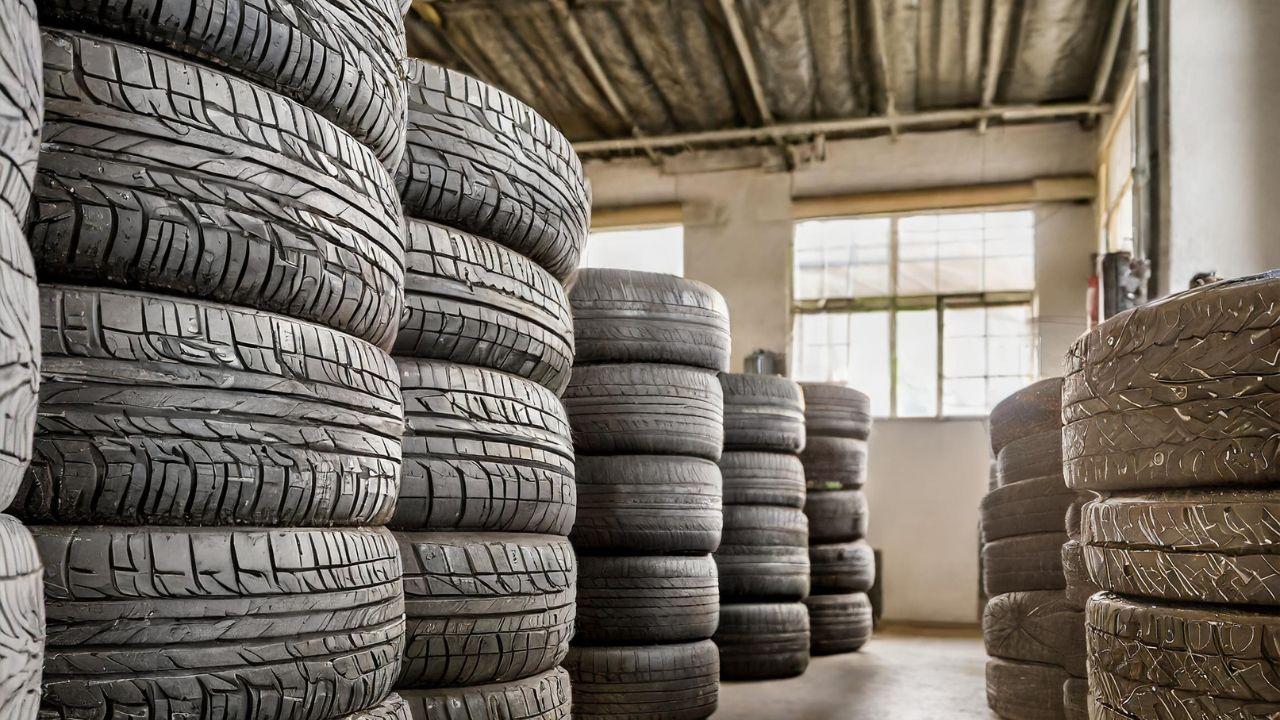Retention ponds and wetlands are constructed as part of highways projects primarily to attenuate flow, prevent downstream flooding and also to remove pollutants

This is an AI generated image for representational purposes only
Retention ponds and wetlands constructed as part of major road schemes can reduce pollution coming from tyre particles -- a great cause of concern for human health and the environment --, finds a study on Friday.
The research, published in the Environmental Science and Pollution Research journal, showed that these ponds can help reduce the quantities of tyre particles entering the aquatic environment by an average of 75 per cent.
Data shows about six million tonnes of tyre wear particles are released each year globally, which contain a range of toxic chemicals including polyaromatic hydrocarbons, benzothiazoles, isoprene, and heavy metals like zinc and lead. These are not only harmful to human health but also to the environment.
Scientists from the universities of Plymouth and Newcastle in the UK analysed samples collected alongside some of the busiest routes in South West England and the Midlands, many used by more than 100,000 vehicles each day.
Also Read: Digital tool to promote sustainable wildlife trade gets award
Tyre particles were discovered in each of the 70 samples taken. However, the presence of wetlands and retention ponds led to an average reduction of almost 75 per cent in the mass of tyre wear particles being discharged into aquatic waters. This provided protection for rivers and the ocean beyond.
"Retention ponds and wetlands are constructed as part of highways projects primarily to attenuate flow and prevent downstream flooding, but also to remove pollutants," said lead author Florence Parker-Jurd, Associate Research Fellow at the University of Plymouth.
Further, the new study showed that the tyre wear particles significantly outweighed other forms of microplastics, such as plastic fibres and fragments, in the samples collected but that they were also removed in far greater quantities.
The researchers noted that the study has international significance as to the most effective ways to mitigate against the potential impacts of tyre pollution on a global scale.
Also Read: PM Narendra Modi dons ethnic jacket made from recycled material during interaction with Bill Gates
This story has been sourced from a third party syndicated feed, agencies. Mid-day accepts no responsibility or liability for its dependability, trustworthiness, reliability and data of the text. Mid-day management/mid-day.com reserves the sole right to alter, delete or remove (without notice) the content in its absolute discretion for any reason whatsoever.
 Subscribe today by clicking the link and stay updated with the latest news!" Click here!
Subscribe today by clicking the link and stay updated with the latest news!" Click here!










